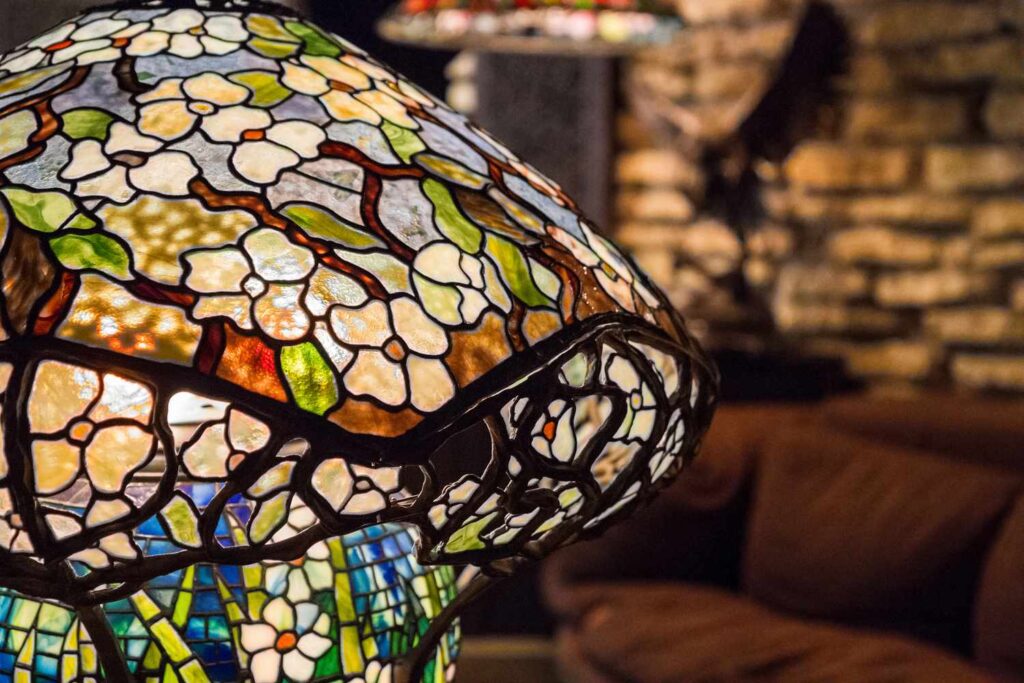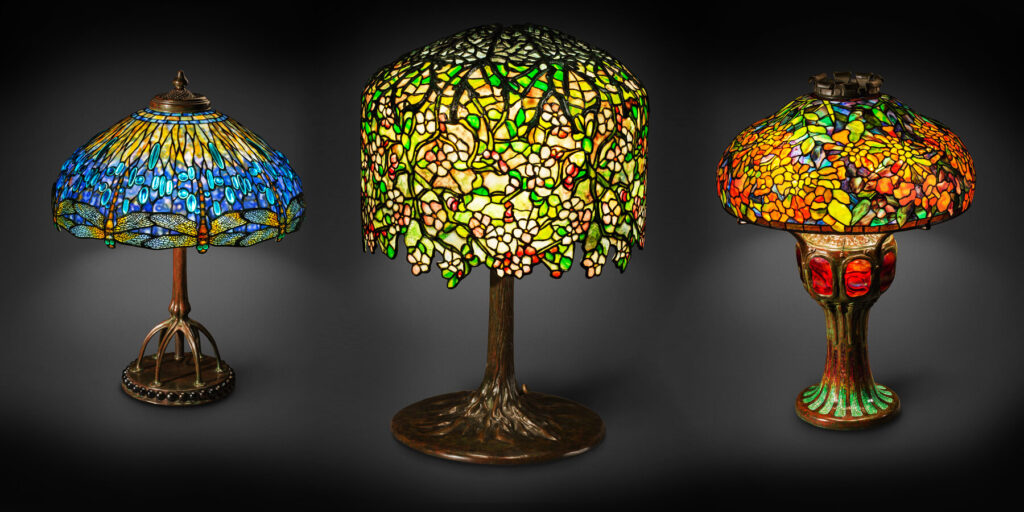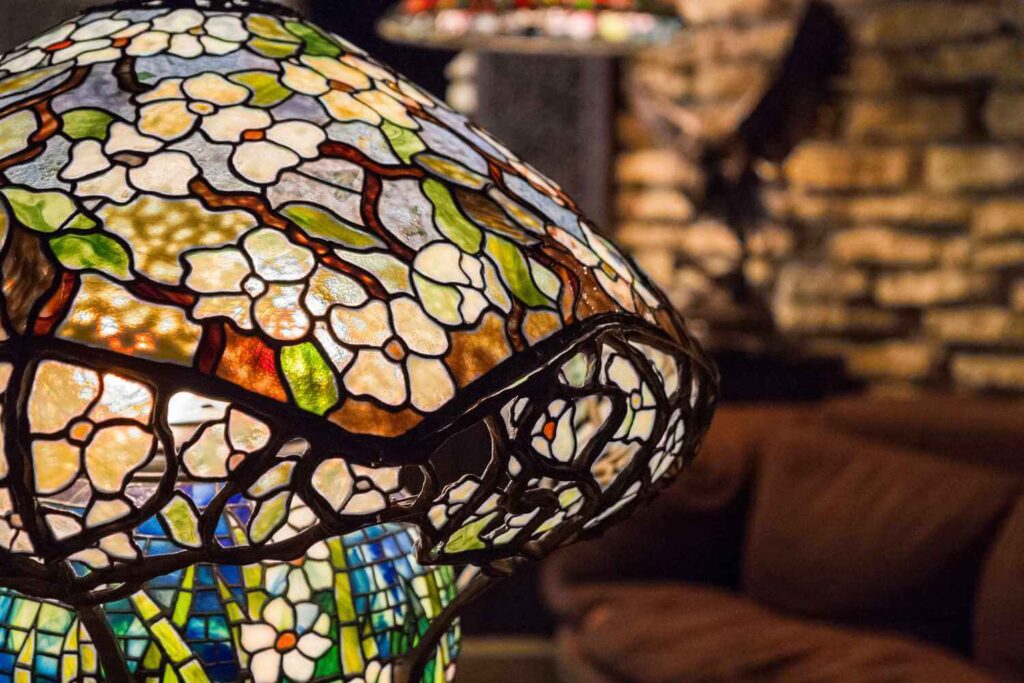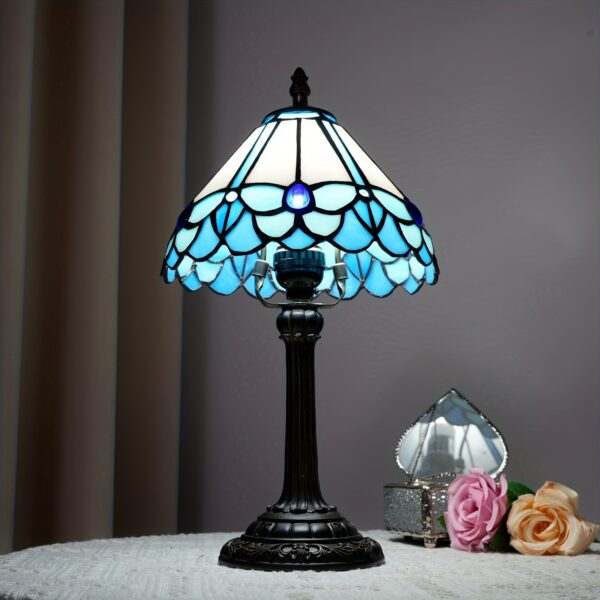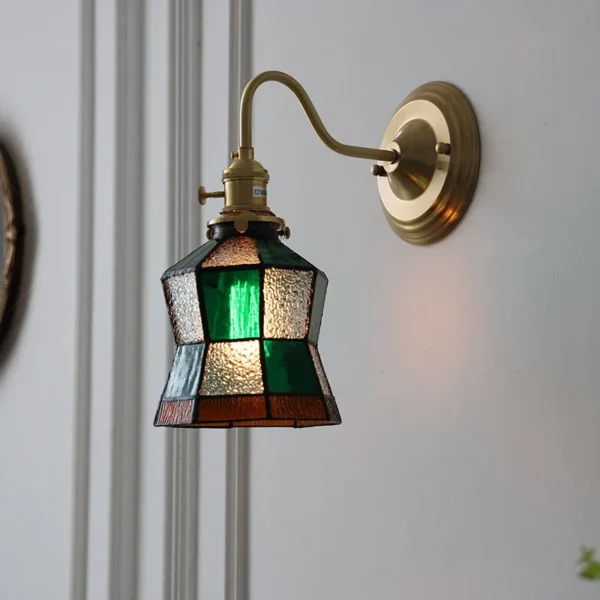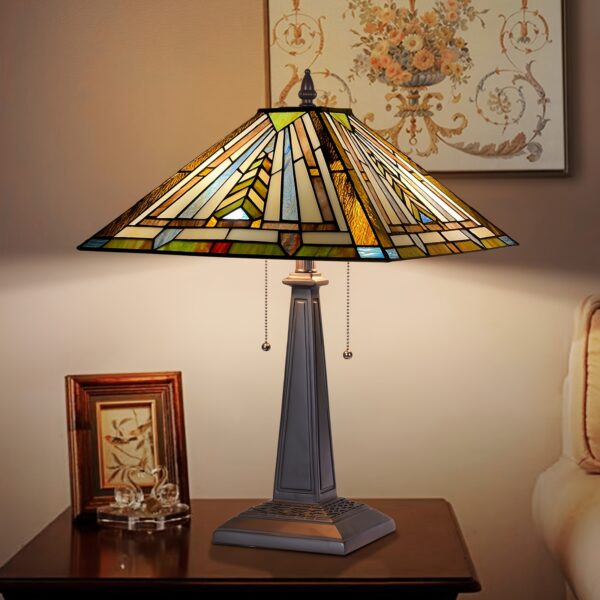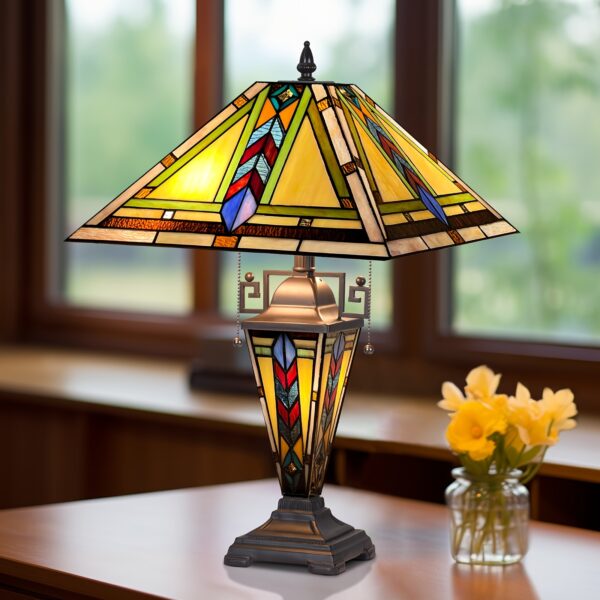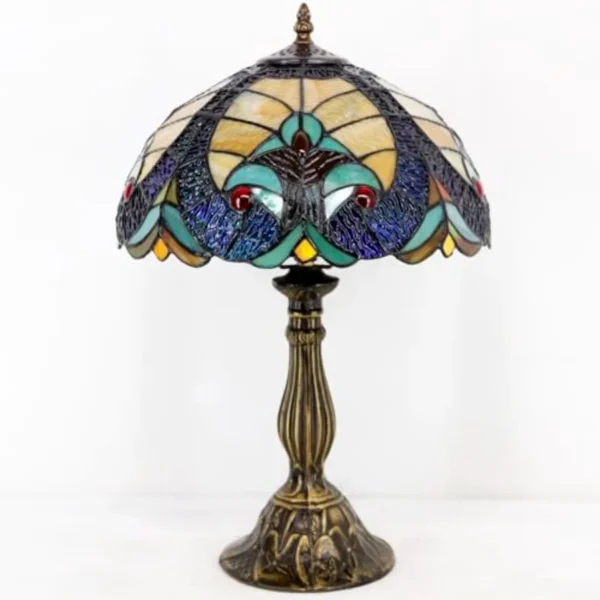Original Tiffany lamps remain some of the most valued lighting pieces ever produced. Because of their collectible status and long-term value, many replicas and mass-produced versions exist on the market. Authentic models created by Tiffany Studios (founded by Louis Comfort Tiffany in the late 1800s) follow specific construction techniques, materials, and styling methods that set them apart from later reproductions. Whether you are a collector, reseller, or someone who inherited a stained-glass lamp, understanding how to verify authenticity is essential.
Below is a detailed guide explaining the main indicators that help determine whether a lamp is genuine.
How to Tell if It’s a Real Tiffany Lamp?
1. Check for the Tiffany Studios Mark
Most original Tiffany lamps include a stamped or engraved mark on the base or shade.
Common markings include:
- “Tiffany Studios New York”
- “Tiffany Studios”
- “L.C. Tiffany”
- Model or pattern numbers, often 3-4 digits
These marks are typically deeply stamped, not lightly etched or printed. The stamping should have sharp, even edges without sloppy lettering.
Be cautious: Some reproductions add fake markings. A real stamp appears aged, consistent with the base material, and is not shiny or freshly engraved.
2. Examine the Shade’s Construction
Tiffany Studios used a technique called copper foiling, which involved wrapping each piece of glass in thin copper and soldering the pieces together. Characteristics of original shades include:
Irregular, Hand-Cut Glass
- Glass pieces vary slightly in thickness and shape.
- No two pieces are perfectly uniform.
- The surface may feature natural texturing, streaking, or grain patterns.
Quality of Solder Lines
- Solder lines are even but clearly hand-applied.
- They are not perfectly smooth; they are slightly raised.
- The solder has a darker, aged appearance, not shiny or freshly polished.
A machine-made shade usually has perfectly even pieces and smoother soldering, which is a strong indication of a replica.
3. Feel the Weight of the Lamp
Authentic Tiffany lamps were built with high-quality glass and metal, making them significantly heavier than modern reproductions.
Signs of authenticity:
- The shade feels solid and weighty.
- The base is made of bronze or high-quality metal, never lightweight resin.
- The lamp does not tip easily because of its thick metal base.
If the lamp feels unusually light for its size, it is likely not genuine.
4. Assess the Base Material
Original Tiffany bases were made from bronze, often with patina that has naturally aged over decades. Indicators include:
- Bronze Patina
- A natural, matte surface, never bright or freshly painted
- Aging that looks even and integrated with the metal
- No peeling, chipping, or artificial coloring
A real bronze base feels dense and cool. Knock lightly, bronze gives a solid metallic sound. Many replicas use resin, which feels hollow and warm to the touch.
5. Look for Quality in the Glass
Tiffany Studios used premium glass from their own furnaces. Genuine glass pieces often show:
- Variations in color when viewed in different lighting
- Swirled patterns or layered colors
- Small internal lines or air pockets from early glassmaking methods
- Textures that create depth even when the lamp is off
Modern glass often appears flat or uniformly colored without natural variation.
6. Study the Lamp’s Design and Patterns
Original Tiffany lamps follow established design patterns cataloged by the studio. These designs include:
If the design appears inconsistent with classic Tiffany patterns, or if the colors look overly bright or synthetic, it may be a modern reproduction.
7. Evaluate the Lamp’s Hardware
Authentic Tiffany lamps include hardware components that are consistent with early 1900s manufacturing:
- Pull Chains or Turn Knob Sockets
- Original pull chains feel heavy and move smoothly.
- Sockets were often made by companies like Hubble.
- Wiring
Original wiring is often replaced for safety, so old wiring is not a requirement. However, finding untouched antique wiring can help confirm authenticity.
8. Inspect the Base-to-Shade Fitting
Tiffany lamps were engineered with precise fittings:
- The shade fits securely and evenly on the base.
- The shade ring is usually bronze and soldered cleanly.
- A wobbly or loose connection may indicate a mismatched or non-authentic setup.
Many replicas will have a shade and base that were not made for each other, resulting in unstable fitting.
9. Review the Lamp’s Provenance (History)
Provenance can significantly strengthen authentication. Useful documentation includes:
- Original receipts
- Auction certifications
- Estate documents
- Expert appraisals
- Ownership history
A well-documented background makes the lamp easier to authenticate and more valuable.
10. Consult an Expert for Formal Authentication
Because Tiffany lamps vary widely in value, from a few thousand dollars to more than a million, professional authentication is essential if you suspect you have a rare piece.
Experts include:
- Certified antique appraisers
- Auction houses specializing in art glass
- Museums or galleries familiar with Tiffany Studios
- Recognized Tiffany lamp specialists
They inspect glass quality, lead lines, markings, materials, and structural details that are not easily identified by non-experts.
Common Signs of a Reproduction
To simplify, here are red flags indicating the lamp is not a real Tiffany piece:
- Lightweight resin base
- Perfectly uniform glass pieces
- Shiny and smooth solder lines
- Bright, synthetic-looking colors
- Printed or sloppy marking
- Loose shade-to-base fit
- Paint flaking on the base
- Lack of natural patina
- Identical color patterns repeated too precisely
If several of these apply, the lamp is almost certainly a reproduction.
Why Authentic Tiffany Lamps Command High Value
Original Tiffany Studios lamps were handcrafted in the early 1900s and produced in limited numbers. Their value comes from:
- Exceptional materials and methods
- Historical relevance
- High collector demand
- Unrepeatable glass formulas
- Artistic significance
Each lamp is unique due to the handmade nature of the work, making authentic pieces highly collectible.
Conclusion
Identifying a genuine Tiffany lamp requires a combination of visual inspection, material evaluation, and historical understanding. From the weight of the base and the quality of the glass to the markings and solder lines, every detail helps determine authenticity. Because original Tiffany lamps continue to rise in value, learning how to distinguish them from reproductions is crucial for collectors, sellers, and anyone who may own a vintage stained-glass lamp.
If you’re unsure about your lamp after examining it closely, seeking professional authentication is always the safest next step.


